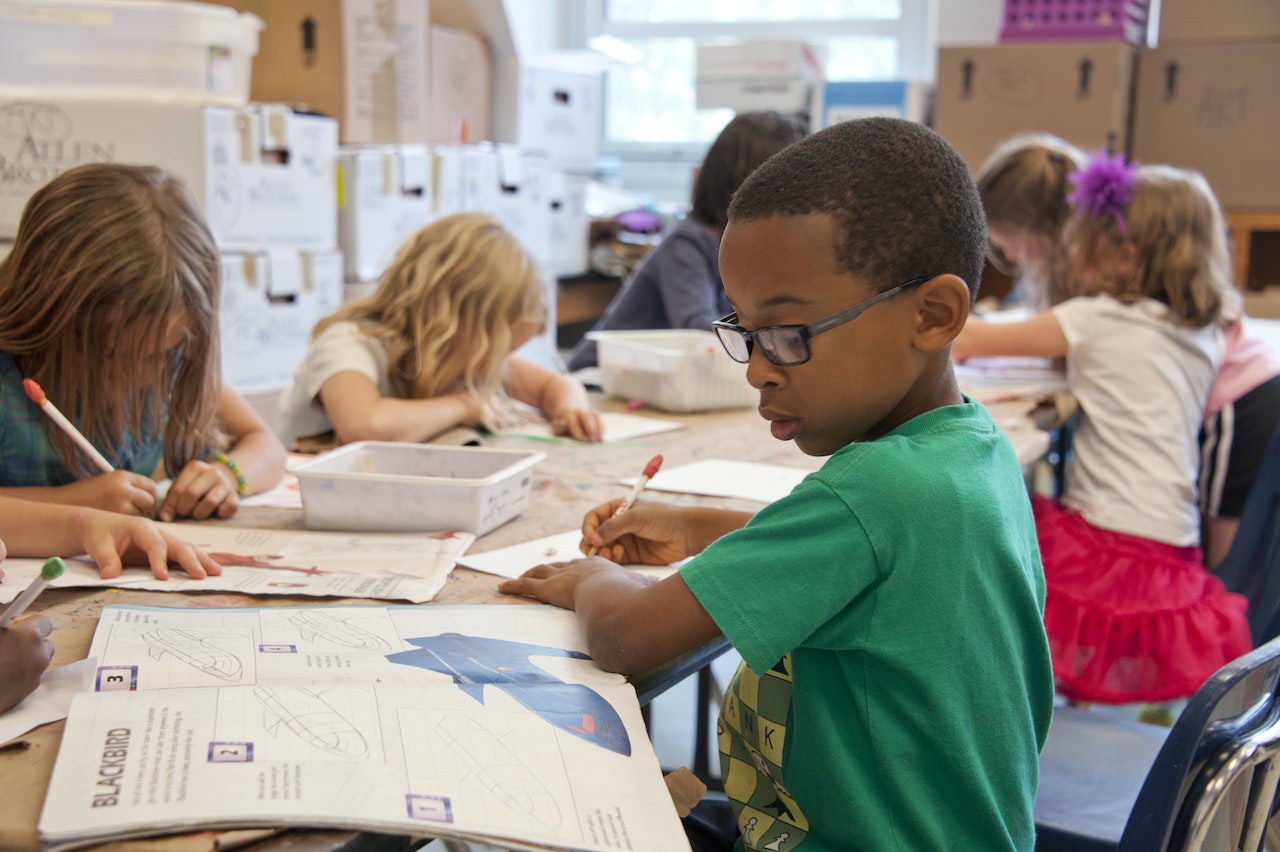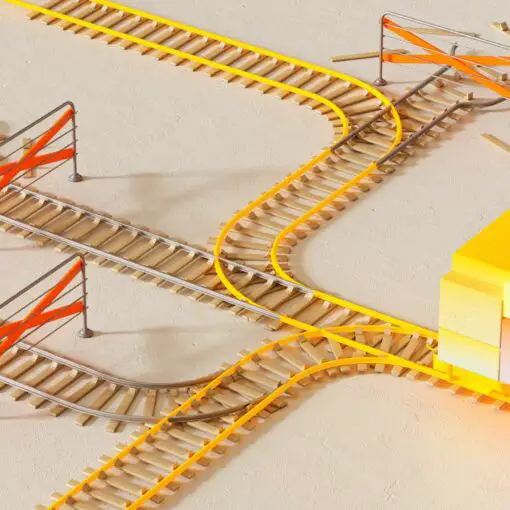Most people are aware that critical thinking is an enormously important skill, both in education and in real life. However, you might be wondering how this plays out in schools and colleges, and how students can learn more about thinking critically.
There are many ways in which critical thinking is used in the classroom, including when students ask questions, when they are asked to analyze and solve a problem, and when they brainstorm and assess ideas. Critical thinking can also involve things like discussing the value of rules, and encouraging students to work together and assess challenges from different perspectives.
Critical thinking is a cornerstone of success, and it has a huge number of benefits for citizens today, but it’s a skill that needs to be learned. With that in mind, let’s look at some examples of critical thinking in the classroom.
Examples Of Critical Thinking In The Classroom
There are many types of critical thinking that occur in the classroom, some of them so fundamental to teaching that you might not even recognize them as critical thinking. Some of the top ones include:
- Asking questions
- Analyzing and solving problems
- Brainstorming and assessing ideas
- Discussing the value of rules
- Working together
- Developing logic skills with an assessment of consequences
Let’s explore each of these in more detail!
1) Asking Questions
It might sound too simple, but something as fundamental as asking questions can be a great way to develop critical thinking skills. The child is assessing something as it is, and trying to find out why it is that way.
For example, if a child asks why the classroom has a seating plan, the child is looking at the existing situation, and wondering why it exists and whether it could be improved upon. They are assessing the now, and speculating about other outcomes that could exist, and whether they would be better.
For teachers, encouraging questions is a key way to develop a child’s critical thinking skills, because they can use the answers to probe further, or to understand what has led to the current reality.
2) Analyzing And Solving Problems
Being given problems to solve is also key to developing critical thinking skills. Children have to look at an issue, explore multiple solutions that could be employed, and then decide on which solution is the best. This requires a lot of reasoning and logic, and is a great way to engage all the skills of critical thinking.
They will then subconsciously begin transferring these skills to other aspects of their life. Being encouraged to take something that is objectively bad and find ways to improve upon it is a great exercise for the brain.
The possibilities are almost endless, but an example could be “Your friend has fallen and cut his knee. What do you do?”
The teacher can supply several possibilities if they choose to, or can ask the child to come up with their own solutions and then explain why the one they have chosen is the best.
3) Brainstorming And Assessing Ideas
Similarly, brainstorming ideas and then being asked to assess them can build critical thinking skills in a safe space. When children do this, they more consciously weigh solutions up against each other.
For example, the child might be asked to write down 5 ways in which they would improve their school, and then pick the top 3. To complete this exercise, the child has to first consider which problems bother them, and think about what potential solutions may exist. They then need to assess which of these solutions are the most valuable, and why.
This involves some surprisingly complex reasoning, and the ability to look objectively at the existing reality – so it’s a great way to hone critical thinking skills.
4) Discussing The Value Of Rules
Not all teachers will enjoy this exercise, but it can be enormously rewarding. Teachers that encourage their students to consider what would happen if the rules did not exist often see more adherence to them, because the students understand the drawbacks of breaking those rules.
For example, if the teacher asks the students “why do we need to be quiet when I’m talking?” and invites them to consider what happens if this was not reality, they help the students recognize the importance of that rule.
This sort of reasoning can then be applied to other rules in life, and is enormously beneficial to the brain when it comes to working out which rules are important.
5) Working Together
Students often need to work together, but this is also an extremely valuable way to build critical thinking skills if the individuals are encouraged to listen to each others’ perspectives on problem-solving.
This gives students a unique insight into how other people view the situation, and can help them to understand the differences between reality and possibility. They can see how other people problem-solve, which will increase their understanding of the activity, and broaden their ideas about how to do this themselves.
Group work is invaluable in the classroom for a whole range of reasons, and it can really help enhance critical thinking.
6) Developing Logic Skills
Logic is fundamental to critical thinking, and students can develop their sense of logic by looking at “If X then Y” scenarios. This will help them to build an understanding of consequences, which is necessary for thinking critically about any situation.
Students might be given a series of scenarios, and asked what the possible consequences could be. For example, “Danny has cheated on his English test. What are three likely outcomes?”
They must assess the reality (the cheating), and then think about how this is likely to play out, and what that would result in. This builds their ability to rationalize.
Conclusion
Hopefully, you’ve learned a lot from those examples of critical thinking in the classroom! This important skill is one that sometimes gets neglected by our education systems, but it’s one that children everywhere need to hone – and one that many adults also benefit from working on. Critical thinking is key to success!
References
https://www.structural-learning.com/post/what-is-critical-thinking
https://talk.economistfoundation.org/about/supporting-resources/
https://www.kialo-edu.com/
https://www.waldenu.edu/online-bachelors-programs/bs-in-elementary-education/resource/seven-ways-to-teach-critical-thinking-in-elementary-education
https://blog.futurefocusedlearning.net/6-ways-critical-thinking-engaging-classroom-teaching
https://www.teachingexpertise.com/classroom-ideas/critical-thinking-activities/





